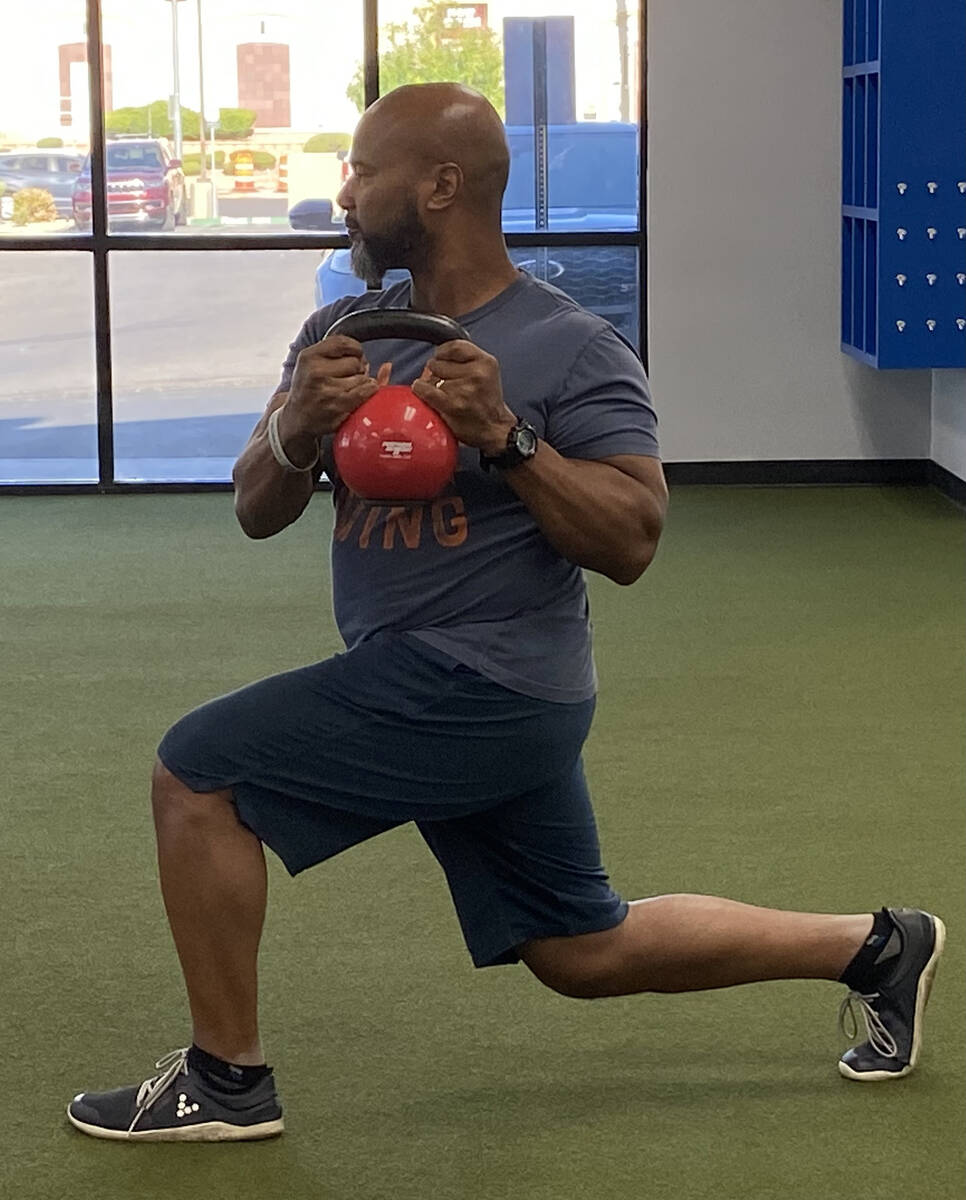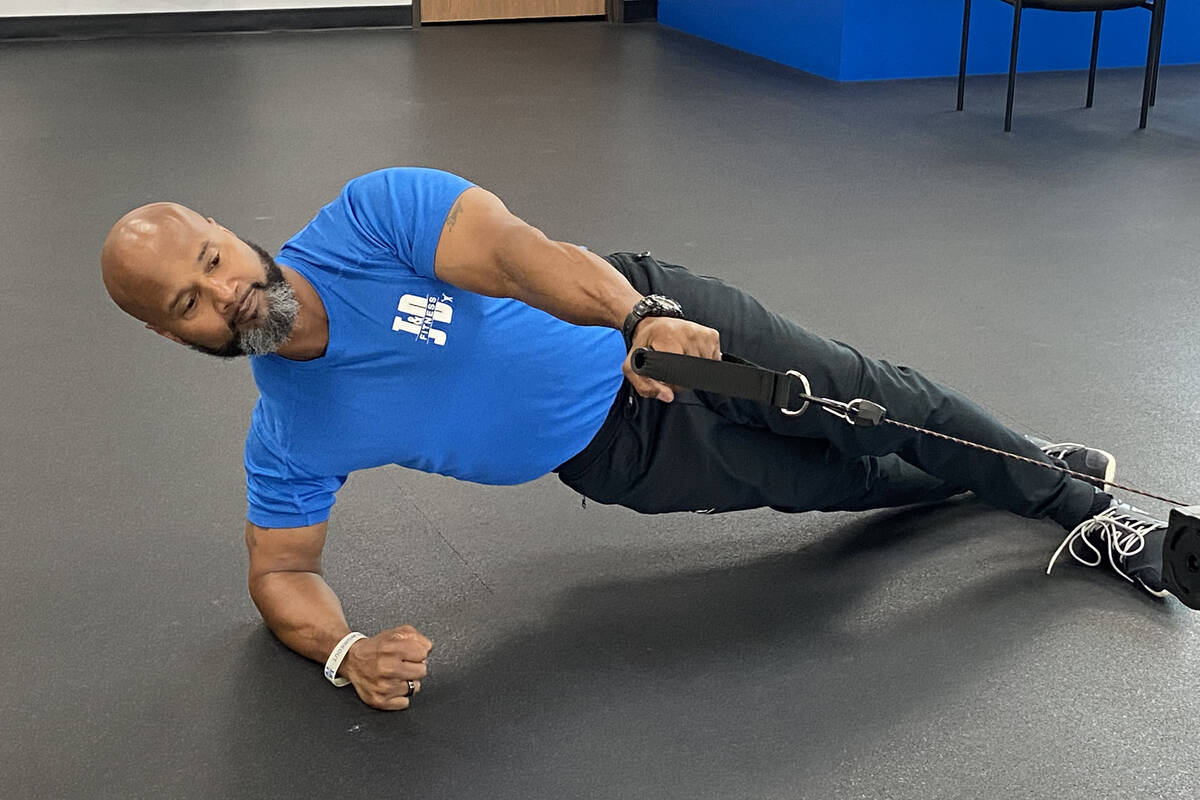Try this workout for more effective core training
Core training has become a consistent pillar in the worlds of fitness and strength training. While health care professionals agree on its importance, there is little consensus on what truly constitutes the core, its function and the best way to train it. This lack of clarity often leads to confusion about effective core training strategies.
What is the core?
Stuart McGill, a renowned spine biomechanics expert, defines the core as a complex of muscles that surround and stabilize the spine — not just the abdominal muscles associated with a “six-pack.”
According to McGill, the core includes muscles that wrap around the spine from all directions: top, bottom, front, back, and sides. These muscles must coordinate to provide stiffness and stability to the spine, which is crucial for protecting the back from injury and enabling efficient movement of the limbs.
In McGill’s view, the core musculature forms a boxlike structure around the spine.
Movement expert and physical therapist Gray Cook further emphasizes the core’s main function is to create a stable platform — proximal stability for distal mobility — allowing the arms and legs to move efficiently and powerfully.
For Cook, core training is about improving movement quality and ensuring the deeper, stabilizing muscles are coordinated and activated before the larger, superficial muscles.
Three planes of motion
The body moves in three planes:
Sagittal: This divides the body into left and right halves. These movements are typically forward and backward, such as flexion and extension.
Frontal: Think of this in terms of the front (anterior) and back (posterior) regions, with movements that are side to side.
Transverse (rotational): This splits the body into top and bottom halves. These movements involve rotation or twisting.
When designing a core training program, it’s important to include exercises that address each of these planes. Some drills can even engage multiple planes at once. A common mistake is to focus on only one plane, leading to imbalanced development.
Integration over isolation
Another frequent error in core training is isolating muscles rather than training them as part of integrated movement. The body moves like an orchestra, with all muscles working together.
Shirley Sahrmann, a leader in movement system impairment and core stability, states: “The core should be trained as part of integrated, functional movement, not as a collection of isolated muscle contractions. This approach ensures that the body learns to stabilize and move efficiently during real-life activities.”
Exercises that attempt to isolate the core may not translate to improved movement or reduced injury risk if not integrated into broader movement retraining.

Sample core workout
Try this workout to strengthen your core across all planes of motion:
Cable rows from side plank: Using a resistance band or cable pulley, perform rows (horizontal pull) from a side plank position. Complete three to four sets of 10 to 12 repetitions on both sides.
Kettlebell overhead press with internal rotation: Holding a kettlebell or dumbbell, perform an overhead press. As you press the load overhead, internally rotate the foot on the same side. Complete three to four sets of six to eight repetitions with both arms.
Lunge with rotating load: Holding a kettlebell, take a reverse step into a lunge while rotating the kettlebell to the side of your torso. Complete three to four sets of eight to 10 repetitions on both legs.
Doug Sheppard is a certified personal trainer with 34 years of experience and the owner of J&D Fitness Personal Training.



















